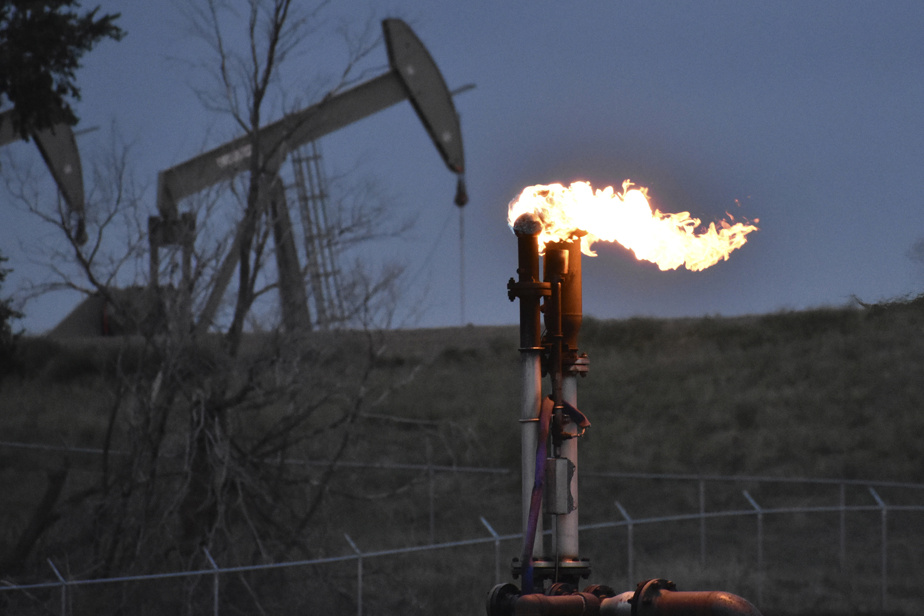(New York) Oil prices ended up on Thursday, at their highest level in four months, heated by new forecasts from the International Energy Agency (IEA), which warns of a potentially insufficient supply until the end of the year.
The price of a barrel of Brent from the North Sea, for delivery in May, ended up 1.65%, at $85.42, a first since the beginning of November.
A barrel of American West Texas Intermediate (WTI), due in April, gained 1.93%, to $81.26, also a closing high for more than four months.
In its monthly report, published on Thursday, the IEA assumed that additional production cuts by members of the Organization of the Petroleum Exporting Countries (OPEC) and their allies in the OPEC+ agreement would be extended until the end of 2024 .
As it stands, the cartel is only committed until the end of June.
“On this basis, our balance for the year goes from a surplus to a slight deficit,” indicated the agency, considered conservative in its forecasts.
“I would say the probability that they extend (the reductions beyond June) is about 75%,” commented Robert Yawger, an analyst at Mizuho. “But it is still possible that they will increase their production. »
This vision of a tense market reinforced the momentum initiated on Wednesday, notably with the publication of the weekly report from the American Energy Information Agency (EIA).
The EIA announced a decline of 1.5 million barrels in commercial crude oil reserves in the United States, after six consecutive weeks of increases.
The EIA publication also highlighted a significant contraction of 5.7 million barrels in gasoline stocks, the most brutal decline since the beginning of November.
The volumes of gasoline delivered to the American market, an indicator of demand, remained above the symbolic threshold of 9 million barrels per day.
“This is a very good figure for this time of year,” underlined Robert Yawger, while the major travel season in the United States will not officially start until the end of May.
For this analyst, refiners were encouraged to ramp up by the high level of “crack”, the gap between the price of refined products and that of crude.
Added to these elements was a heatwave on the geopolitical front, with the increase in Ukrainian drone strikes on oil installations on Russian territory.
On Wednesday, two refineries were targeted, including that of Ryazan, about 200 km southeast of Moscow, causing a fire.
These attacks came after those on Tuesday, which hit two Russian refineries in Orel and Kstovo, in the west of the country.
